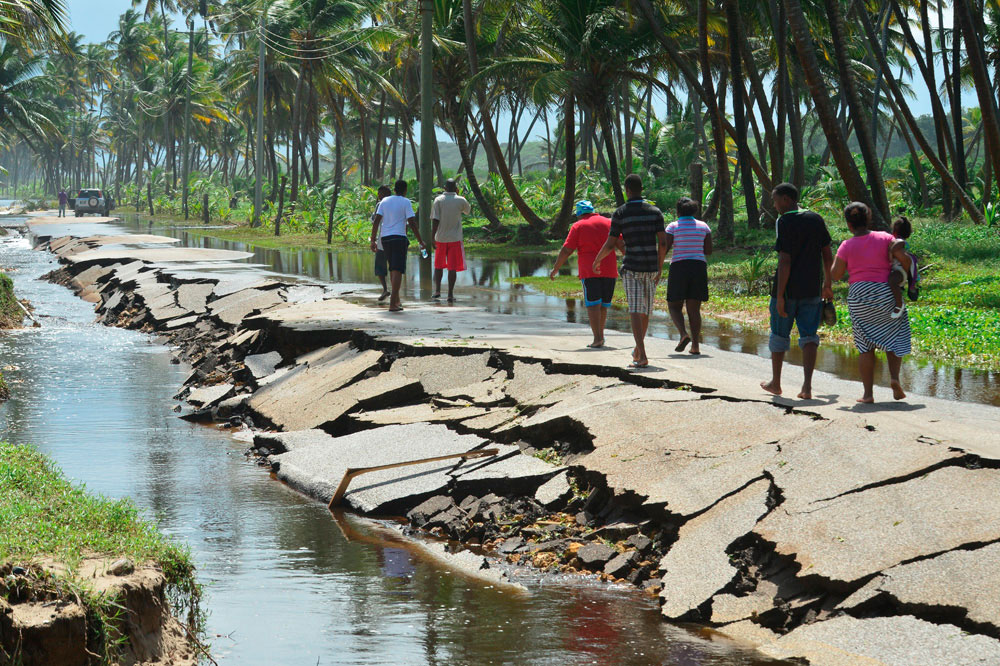
- June 17, 2023
- sygmaadmin
- 0
We are constantly being told that the climate of our world is changing. In 2018, the Intergovernmental Panel on Climate Change (IPCC) warned that the costs of global warming are going to be far worse than expected, and that the impact on ecosystems, communities and economies will affect every single country and person on planet earth. We are already used to hearing of the devastating effects of extreme weather in our own region, not only at home but in other Caribbean territories (Figure 1).
Why is it, then, that climate change has not received greater recognition on the local landscape?
Rather than alarm, there is even scepticism about the very existence of climate change, attributing extreme weather events to a naturally occurring global cycle, rather like the “El Nino” phenomenon.
But science relies on data, and the story being told by the data is not a happy one.
The mean economic damage expected for tropical storms in Trinidad and Tobago, considering different scenarios of climatic (regional sea level rise and changes in the frequency of storm events) and vulnerability conditions, is shown in the table below. Scenarios S0 and S1 are those in which 2014’s vulnerability scenario is maintained, while in S2 and S3 the future vulnerability scenario is considered.
Impact of climate change on Trinidad & Tobago
The Trinidad and Tobago government’s Strategy for Reduction of Carbon Emissions in Trinidad and Tobago states that “there are several studies that found evidence of recent changes in the climate of T&T”. It goes on to say: “Over the last three decades, there has been an upward trend in temperatures” as measured by the Trinidad and Tobago Meteorological Service (TTMS). The National Climate Change Policy of 2011 spelled out our vulnerability by sector, each with its own imminent problems such as decreased crop yields and more vector-borne diseases and flooding.
The floods experienced in the last couple of years, increased coastal erosion, a blurring of the start and end of our rainy and dry seasons, and this year’s declaration of drought, all indicate that climate change is more than academic hyperbole. The data explain why some of the school classrooms we once occupied are now enclosed and air-conditioned.
Visually, anecdotally and mathematically, the evidence confronts us: climate change is here.

